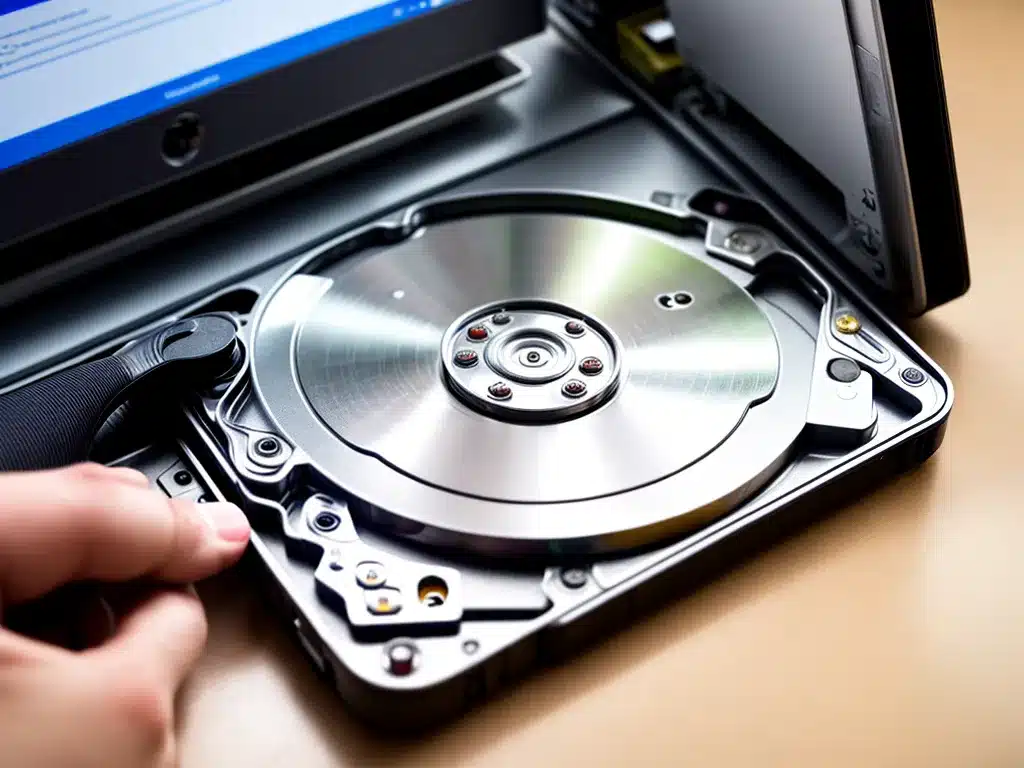
Formatting a drive accidentally can be devastating, especially if the drive contained important files and data. However, in many cases, it is possible to recover data from a formatted drive using data recovery software or services. Here is an in-depth guide on recovering data from accidentally formatted drives:
Understanding Drive Formatting
When you format a drive, the file system information and structure gets overwritten or reset. The data itself is not immediately erased, but the operating system loses the mapping info to access the files. Here are some key points about drive formatting:
-
Quick Format – Only empties the file allocation table but does not scan the drive for bad sectors. Files can often be recovered.
-
Full Format – Scans the drive, flags bad sectors, and fully resets file system. More difficult to recover files.
-
Partition Deletion – Similar effects to formatting since it removes the partition information. Data can still be recovered.
So when a drive is accidentally formatted, the files are often still there until new data overwrites them. But the OS cannot access them anymore through normal means.
Stop Using The Drive Immediately
This is the most important step after accidentally formatting a drive. Continued use of the drive is the biggest threat to your deleted data. Here is what you should do:
-
Stop saving new files – Any new data could overwrite deleted files and make recovery impossible.
-
Avoid system scans – Scans and repairs could cause permanent data loss.
-
Do not re-format – Multiple re-formats exponentially decrease your chances of file recovery.
The less you use the drive, the better chance you have of getting your lost files back.
Use Data Recovery Software
Data recovery software is the best way to recover formatted drive data for most users. Here are some of the best options:
-
Stellar Data Recovery – Full-featured recovery tool for both logical and physical recovery. Works with all drive types.
-
EaseUS Data Recovery Wizard – Wizard-guided recovery interface. Has physical recovery and advanced options.
-
DiskDrill – Excellent free option with 500MB recovery limit. Full version unlocks unlimited recovery.
Many data recovery apps offer free trials or demo versions so you can scan drives before purchasing. Look for ones that support your specific drive type and file system.
Connect The Formatted Drive To Another Computer
For best results, connect the accidentally formatted drive to another computer system than the one it was formatted on. This prevents the OS from writing new files onto it. Use a SATA/USB adapter or external dock to connect the bare drive to another device.
Select A Target Location For Recovered Files
You need an external drive or separate system location to recover files to. Important: Do not save recovered files back onto the formatted drive you are scanning. This leads to permanent data loss. A separate drive preserves the integrity of your lost files.
Scan The Drive Thoroughly
The top data recovery apps allow deep scanning of drives to pull recoverable data. Expect an initial quick scan followed by more advanced scanning modes:
-
Quick scan – Indexes existing file records that are still accessible. Fast but limited.
-
Deep scan – Scours the drive sectors and raw data looking for files that can be reconstructed. Slow but finds much more.
Multiple deep scan passes may be required to fully recover all available files from a formatted drive. Be patient and avoid interrupting long scans.
Restore And Save The Recovered Files
Once scanning is complete, you can browse the files found and select those you want to recover. Always restore files to a different drive than the one being scanned. Avoid recovering files directly back to the formatted drive.
Review the file names, previews, and metadata to identify critical documents, photos, and other data. Large drive and file recovery can take significant time.
Use A Professional Service For Complex Recovery
If DIY software cannot recover your formatted drive data, a professional recovery service may be able to repair it. Services like DriveSavers and Ontrack can recover data other methods cannot.
However, professional recovery is expensive, ranging from $500 to over $3000 depending on the drive and extent of damage. Worth considering for irreplaceable files and data.
Learn From The Experience
Going forward, make sure you have backups of your important files so drive formatting or failure is not an absolute crisis. Cloud backup services like Backblaze and file sync tools like OneDrive protect against data loss.
Also be very careful when selecting formatting options and dismounting drives safely to avoid accidental formatting. Following these tips can help you recover critical files and get back lost drive data.












